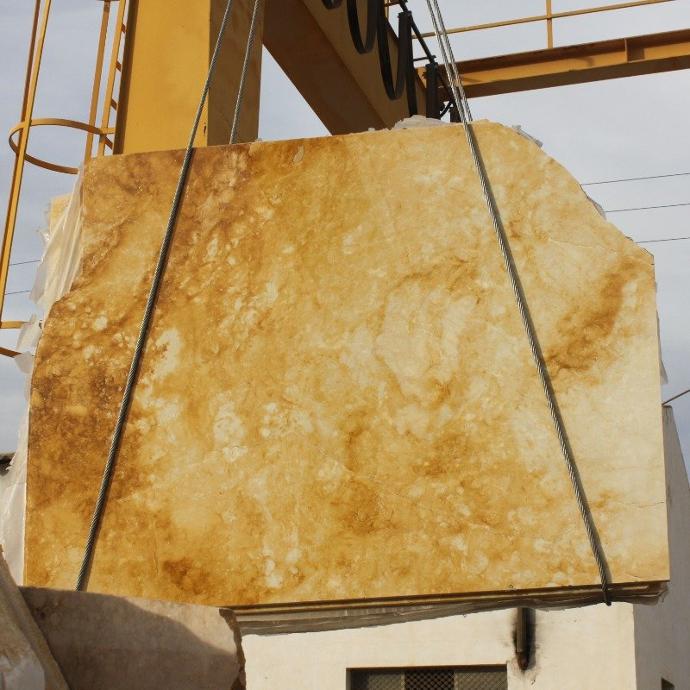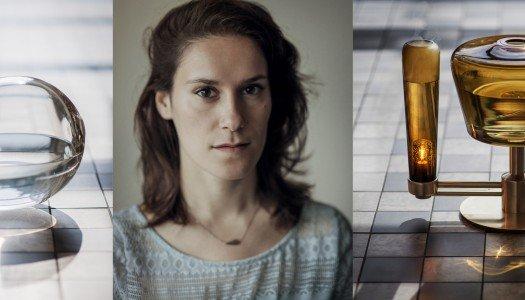
The Influence of the ‘Woke’ Generation on Interior Design
If you haven’t heard the term ‘woke’ by now, it probably means you’ve been living in a cave. (Which the woke generation would wholly approve of. Very back-to-nature.) Still, you need to get woke to wokeness or you are likely going to slip through the cracks of society, let alone the interior design market. So, here’s the deal.
The term woke is of African-American origin and means to be aware of issues of social, racial and environmental justice. It was popularised in 2014 as a result of the Black Lives Matter movement and has spread throughout society to the point that it has become a generic signifier for the socio-political beliefs of the millennial generation. To be a millennial is to be woke, in other words. (On the whole, anyway.)
Wokeness has infiltrated every facet of modern life, affecting millennials’ decision making on everything from who they vote for and the content of their communications to what their bathroom vanity units are made of and what they keep in their fridges (if they decide it’s even okay to run a fridge). Yes, interior design is, in fact, inextricably linked to the idea of being woke.
Green design
Think about it. If you’re woke, you’re thinking about the climate crisis, your carbon footprint and how your own energy consumption might be reduced to better enable the world to counteract its environmental issues. You’re thinking about how to balance your need for tranquillity with the shortage of green space on the planet. And you’re thinking about the utility of the things you surround yourself with and how to reduce your reliance on disposable ephemera.
Materials and their impact on the environment become of paramount importance. How much energy is consumed extracting the marble for your kitchen worksurfaces? Is Corian bathtub production less toxic than acrylic bathtub production? Is there any need for wallpaper when it uses so many trees just to cover a surface that could simply be painted with low-VOC (Volatile Organic Compound) paint or even have a living wall on it? Why have carpets when wood is natural, doesn’t require an electric vacuum cleaner to clean it and looks nicer anyway?

Socially responsible sourcing
Being woke means thinking about your impact on people, as well as the planet. Who produced, transported and retailed the goods you’re filling your home with? How much were they paid? What were their working conditions like? Was that vanity top transported by a haulage firm with a fair representation of female truck drivers and where the gender pay gap has been effectively addressed?
These things might seem laughable to the Baby Boomer generation whose carefree spending took the environment to the point of collapse. And they may even appear overly cautious to Generation Xers whose liberal self-awareness spawned this new generation of hyper-sensitive young adults. But, whatever you think of the woke generation, the fact is that they represent 24% of the earth’s population and, according to a 2019 CNBC report, they spend an average of $478 a month on “nonessential” purchases alone. So, ensuring that you cater to their needs as an interior designer is a must, if you’re going to continue to attract their business.
Developing a woke interior design business model
At one time, the primary focus of an interior designer would have been to demonstrate beauty, taste, individuality and a respect for period. Pretty straightforward stuff, really, and mostly about having a great aesthetic appreciation and an understanding of craftsmanship. The woke generation has flipped all that completely on its head and your role is now more challenging than ever.

Dutch designer Teresa van Dongen
You need to start thinking about injecting wokeness into every last detail of your interior design goals. What generates the light that lights up the bathroom? Can you, like Dutch designer Teresa van Dongen, create electricity generated by living microorganisms? Is it possible to use the glass of the home’s windows to convert solar energy into electrical current, like Dutch designer Marjan van Aubel? Is it possible to find natural surfaces like Mycelium, made of mushrooms(!), that could be used to build our bathrooms?
It is a brave, new world for the field of interior design. A woke world. And the sooner you learn how to navigate it, so much the better for your business.